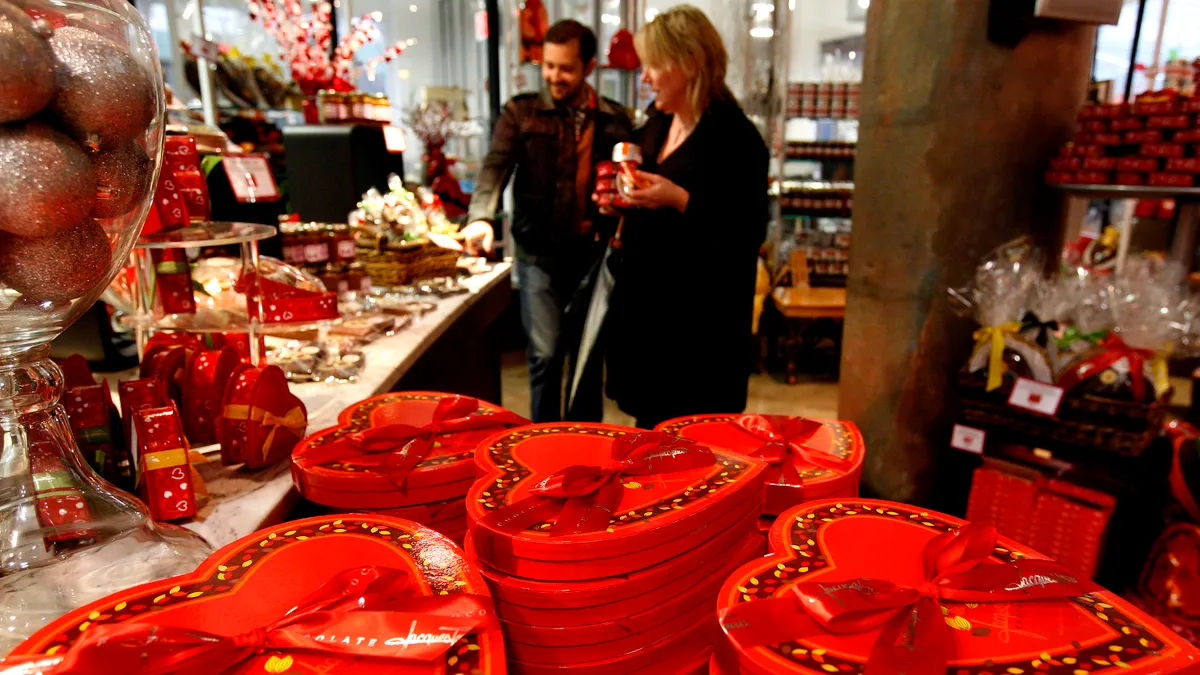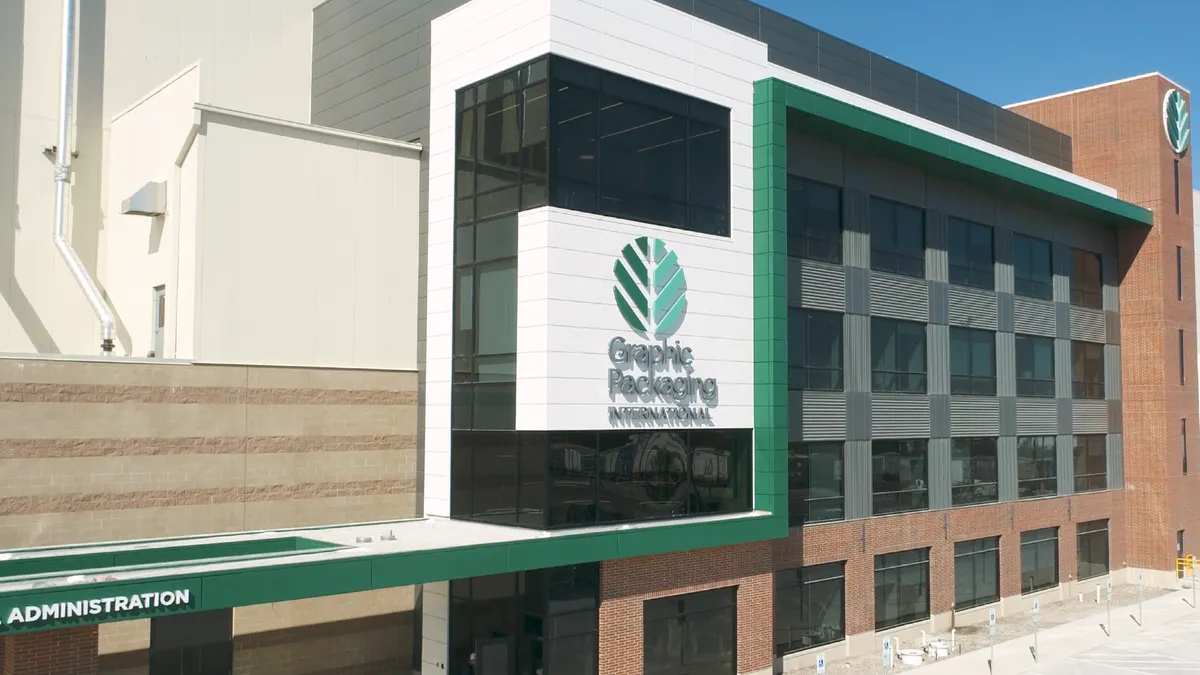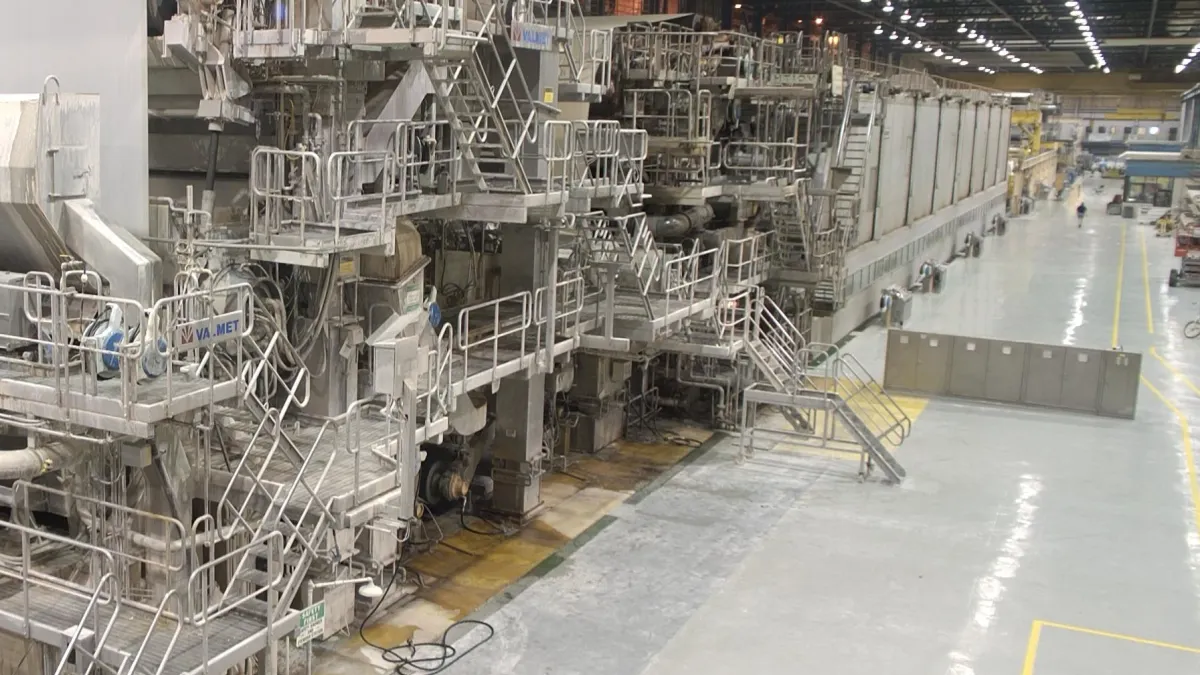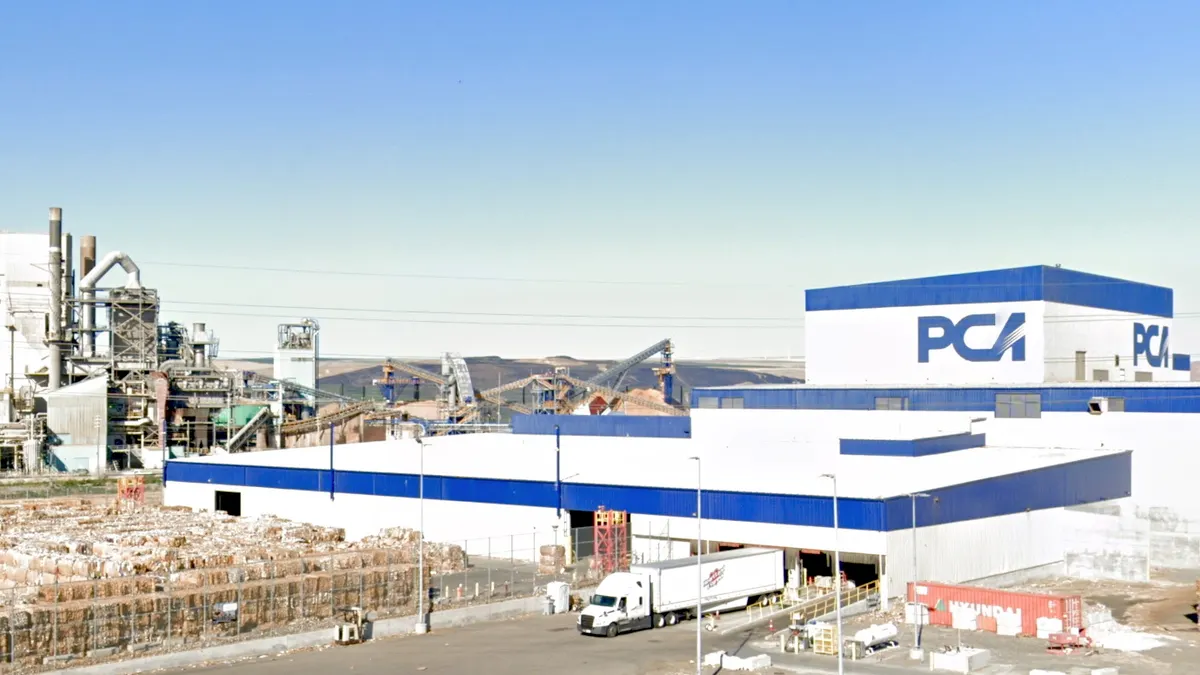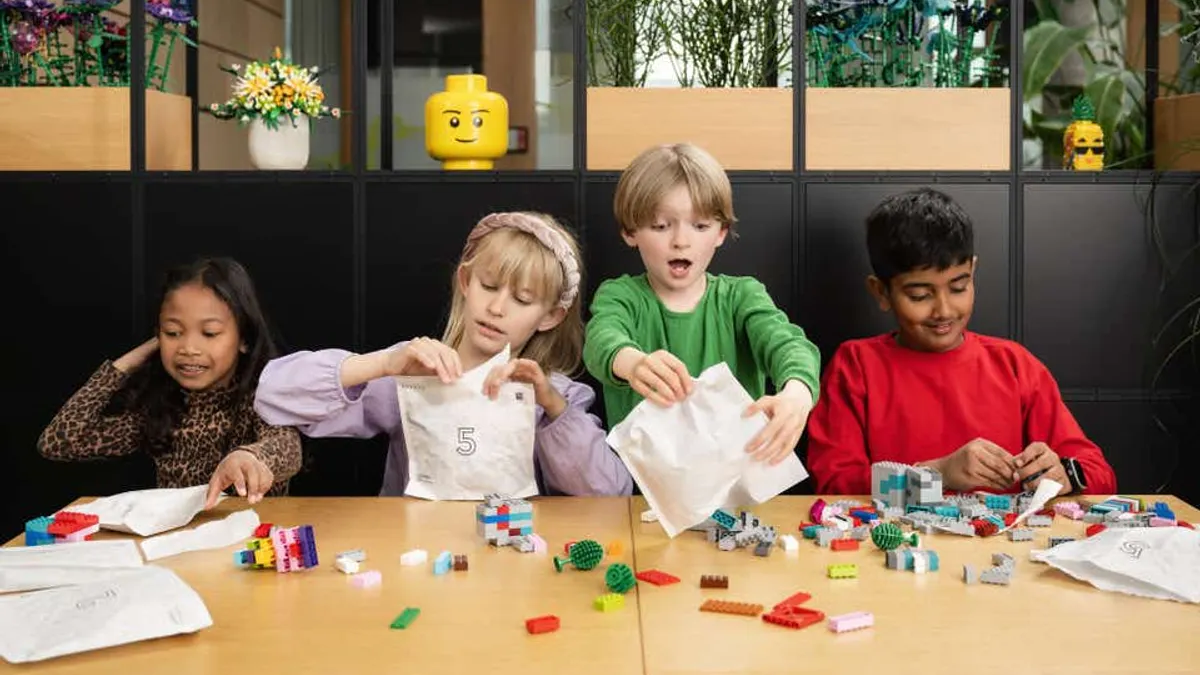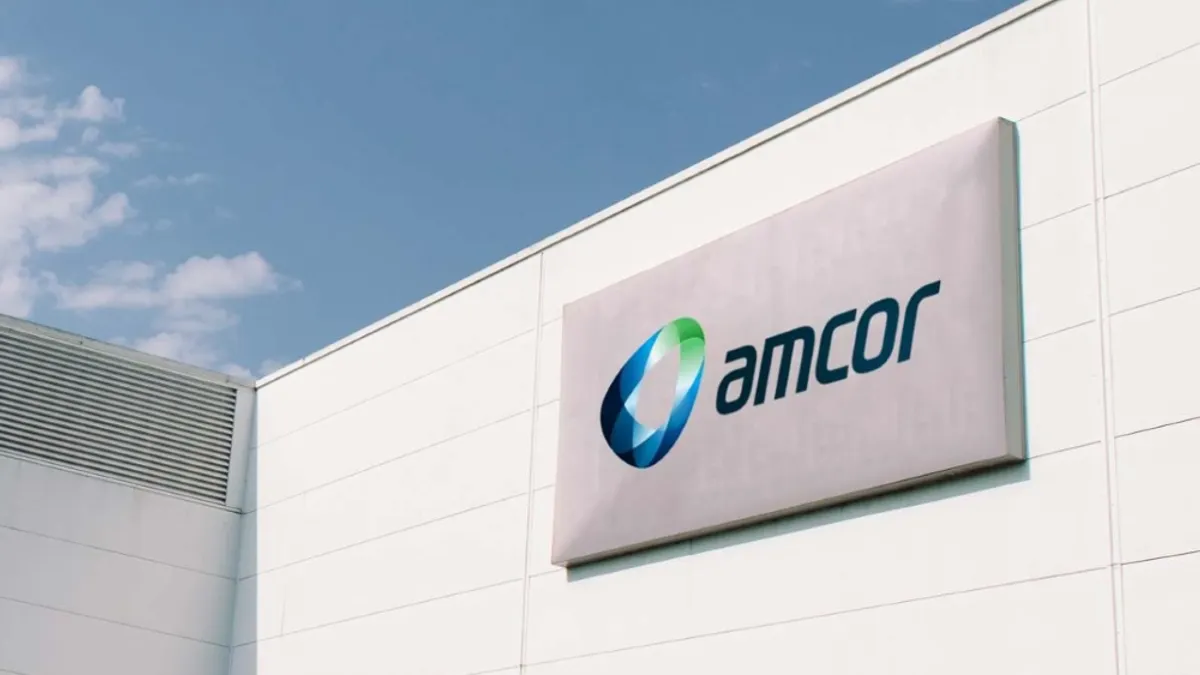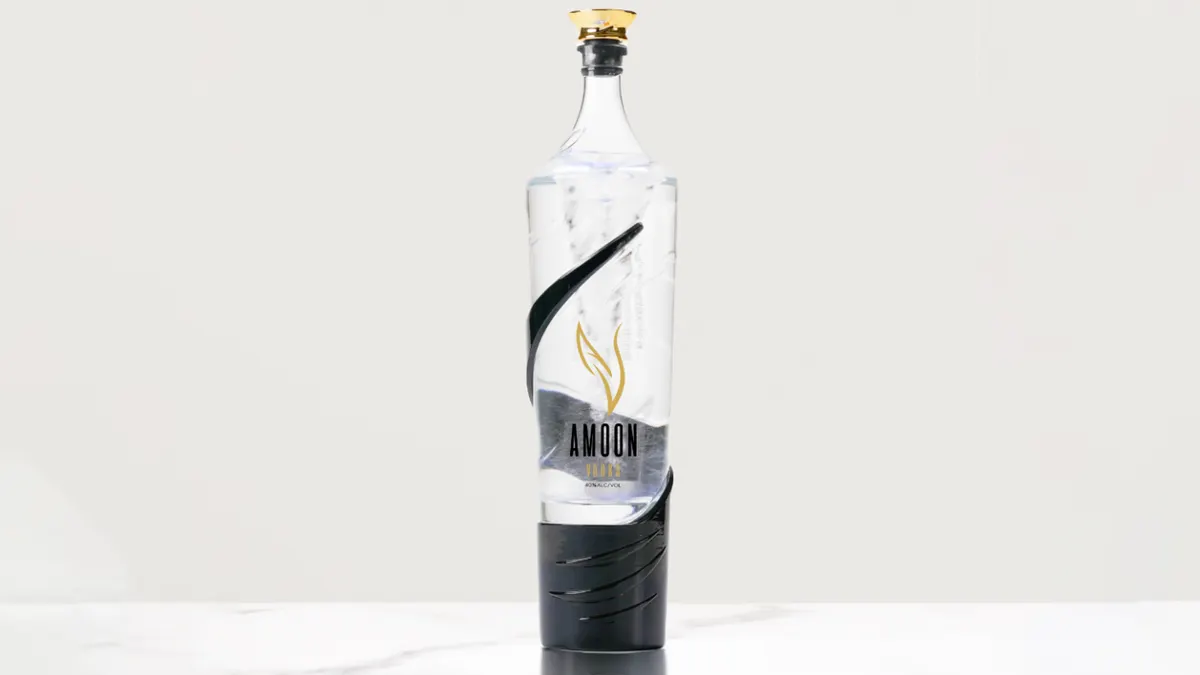Whether they are dipped, dripped, rolled or molded, chocolate candies are the favorite Valentine's Day treat, and they come in a variety of packaging. According to the National Confectioners Association, the holiday accounts for an estimated $4 billion in confectionery sales each year.
The tradition of hearts, candy and flowers as gifts has historical roots usually associated with a third-century priest named St. Valentine, the patron saint of lovers, who was martyred. Although flowers and love tokens were exchanged in the Middle Ages, the Feb. 14 holiday really took off in the mid-Victorian era. Heart-shaped boxes are going strong today.
A recent survey of 1,500 people by the NCA suggested 92% of respondents plan to share chocolate and candy for Valentine’s Day. “[O]f those folks who anticipate indulging their sweet tooth, we found that two-thirds prefer to give and receive their Valentine’s Day treats in a heart-shaped box,” said Carly Schildhaus, director of public affairs and communications at NCA, in an email.
Heart-shaped boxes appeared in the chocolate market as early as the 1840s, though Allie Alvis, curator of special collections at Delaware’s Winterthur Museum, Garden & Library, said they became commercially popular in the 1950s and 1960s. Alvis said that manufacturing techniques brought by the Industrial Revolution “allowed machine-made boxes, and intricate paper piece work art that defy imagination.”
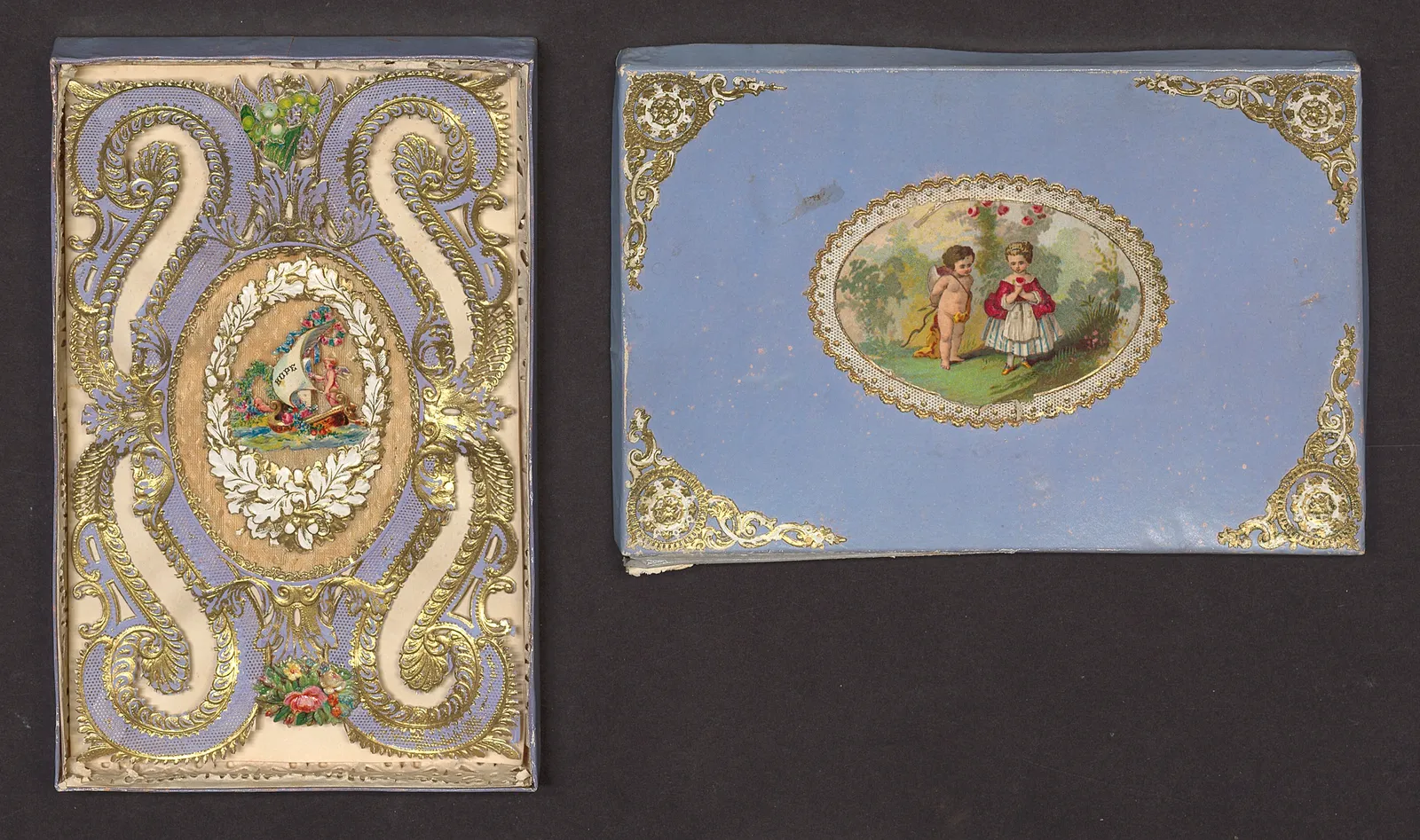
The library also has many examples of “intricately fashioned cards with handmade lace papers,” as well as shadow boxes with “stunning visuals.” Though Alvis noted that sometimes the early chocolate boxes disguised a shocking risk factor.
"We have extraordinarily beautiful boxes in our collection from the 19th century that had been hand painted and even today remain a brilliant chrome green. But they're deadly, as the pigmented paints were developed using arsenic!” she said. “So today, we handle these boxes with gloves, of course.”
A look at today’s retail shelves underscores their popularity, as heart-shaped chocolate boxes can range from a small five-piece gift item to a whopping 41-piece selection of confections.
Catering to this preference, Hershey now offers a pairing of two favorites — Snoopy and Hershey's Kisses Milk Chocolates. The company presents the limited-time treats in a 6.5-ounce heart box with unique heart-themed Snoopy & Friends foil wrapper designs, or in a 9.5-ounce bag.

The evolution to large-scale chocolate production, bringing to mind the iconic scene from I Love Lucy, is due in part to the development of the enrobing machine around the 1930s. This technique involves a conveyor belt coating candies with liquid chocolate done in a temperature-controlled environment.
Andy Viancourt, CEO of Marianne’s Chocolates in Austinburg, Ohio, said this technique is responsible for giving chocolate “just the right look and feel” that consumers are now used to. After 60 years, Marianne’s is upgrading the original technology that launched the company in 1963.
Viancourt said the business has been producing a heart-shaped Valentine’s Day box for about eight years. It offers a one-pound and a half-pound size of assorted chocolates. Like Hershey, Marianne’s also has limited-time holiday treats for February 14.
“We offer a Valentine special of chocolate-dipped strawberries, and you can get chocolate-covered cherries and dark chocolate sea salt bark in the heart-shaped boxes as well,” he said.
Some chocolatiers have taken a different approach.
“We don't think a heart-shaped box feels that exciting,” said Sarah Miller, creative director of Philadelphia-based luxury chocolatier John & Kira’s. “The fact that everything is totally crafted by hand by our chef and chocolatier, and the fresh sustainably sourced ingredients we use to create our flavors, is our main focus.”
Opting to introduce different sized boxes and have customers sample small nine-piece “sweethearts” size at more attractive price points has led to John & Kira’s creating novel box presentations. This includes “molded, dark chocolate heart-shaped shells and painted with rainbow-colored cocoa butter on the outsides” that can come in a unique package.
“We've introduced a box with drawers as well as our newer Valentine's box with a flip top that closes with a magnet. These are interesting and exciting looking, but also practical as they also make a good use of space,” said Miller.
While some companies such as Marianne’s are driven by walk-in business, John & Kira’s thrive via online sales. “Since the vast majority of our product is sent out, the shipping logistics are a huge part of our packaging decisions,” said Miller.
Schildhaus said NCA is also finding more interest in smaller sizes among consumers, due in part to concerns about sugar consumption and health.
“The market is increasingly offering smaller candy box sizes, with fewer pieces of chocolate,” she said. “You can get the sense of a special treat, but with less guilt over the calories and sugar.”
From its modest beginnings of handmade boxes, papers and confections to the 21st century retail extravaganza it has become, Valentine’s Day is now a globally celebrated day of love that is considered a perfect excuse to indulge. Though it’s just one part of a broader confection market that drives packaging demand all year.
NCA’s Schildhaus said that “candy is now a staple in the U.S. diet” and “consumers feel a strong connection to the confectionery category in general” by enjoying candy two to three times per week. “Chocolate and candy play a special role in so many special moments throughout the year” beyond Valentine’s Day.

